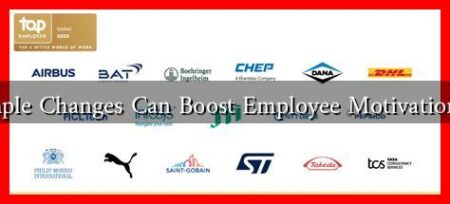-
Table of Contents
What Tools Can Help You Manage Work-Life Balance?
In today’s fast-paced world, achieving a healthy work-life balance is more crucial than ever. With the rise of remote work and the blurring of boundaries between personal and professional life, many individuals find it challenging to juggle their responsibilities. Fortunately, various tools and strategies can help manage this balance effectively. This article explores some of the most effective tools available to help you maintain a harmonious work-life balance.
Understanding Work-Life Balance
Work-life balance refers to the equilibrium between personal life and professional responsibilities. A well-maintained balance can lead to improved mental health, increased productivity, and overall life satisfaction. According to a survey by the American Psychological Association, 60% of employees reported that work-life balance is a significant factor in their job satisfaction. Therefore, utilizing the right tools can make a substantial difference.
Digital Tools for Time Management
Time management is a critical component of achieving work-life balance. Here are some digital tools that can help you manage your time effectively:
- Trello: A project management tool that allows you to organize tasks visually. You can create boards for work and personal projects, helping you prioritize and track your progress.
- Todoist: A task management app that helps you create to-do lists, set deadlines, and categorize tasks. Its user-friendly interface makes it easy to keep track of both work and personal commitments.
- RescueTime: This tool tracks how you spend your time on your devices, providing insights into productivity patterns. By identifying time-wasting activities, you can make informed decisions to improve your efficiency.
Communication Tools for Remote Work
Effective communication is essential for maintaining boundaries between work and personal life, especially in remote settings. Here are some tools that can facilitate better communication:
- Slack: A messaging platform that allows for organized communication through channels. You can separate work discussions from personal chats, helping to maintain focus.
- Zoom: A video conferencing tool that enables face-to-face meetings, making remote collaboration more personal and effective.
- Microsoft Teams: This platform integrates chat, video calls, and file sharing, making it easier to collaborate while keeping work-related discussions separate from personal matters.
Wellness Apps for Mental Health
Maintaining mental health is vital for achieving work-life balance. Here are some wellness apps that can help:
- Headspace: A meditation app that offers guided sessions to help reduce stress and improve focus. Regular use can lead to better emotional regulation and increased productivity.
- Calm: Similar to Headspace, Calm provides resources for meditation, sleep, and relaxation, helping users manage stress effectively.
- MyFitnessPal: A health and fitness app that helps you track your diet and exercise. Maintaining physical health is crucial for overall well-being and can significantly impact work-life balance.
Case Studies: Real-Life Applications
Many organizations have successfully implemented tools to promote work-life balance among their employees. For instance, a study by Buffer revealed that companies offering flexible work hours saw a 30% increase in employee satisfaction. Additionally, a case study on Microsoft Japan showed that a four-day workweek led to a 40% increase in productivity, demonstrating the effectiveness of work-life balance initiatives.
Conclusion: Finding Your Balance
Achieving work-life balance is an ongoing process that requires intentionality and the right tools. By leveraging digital tools for time management, communication, and wellness, you can create a more balanced life. Remember that what works for one person may not work for another; therefore, it’s essential to experiment with different tools and strategies to find what best suits your needs.
In summary, the key takeaways for managing work-life balance include:
- Utilize time management tools like Trello and Todoist to prioritize tasks.
- Leverage communication platforms such as Slack and Zoom to maintain clear boundaries.
- Incorporate wellness apps like Headspace and Calm to support mental health.
- Learn from case studies to understand the impact of work-life balance initiatives.
By implementing these strategies, you can take significant steps toward achieving a healthier work-life balance, leading to greater satisfaction in both your personal and professional life.
For more insights on work-life balance, you can visit American Psychological Association.



